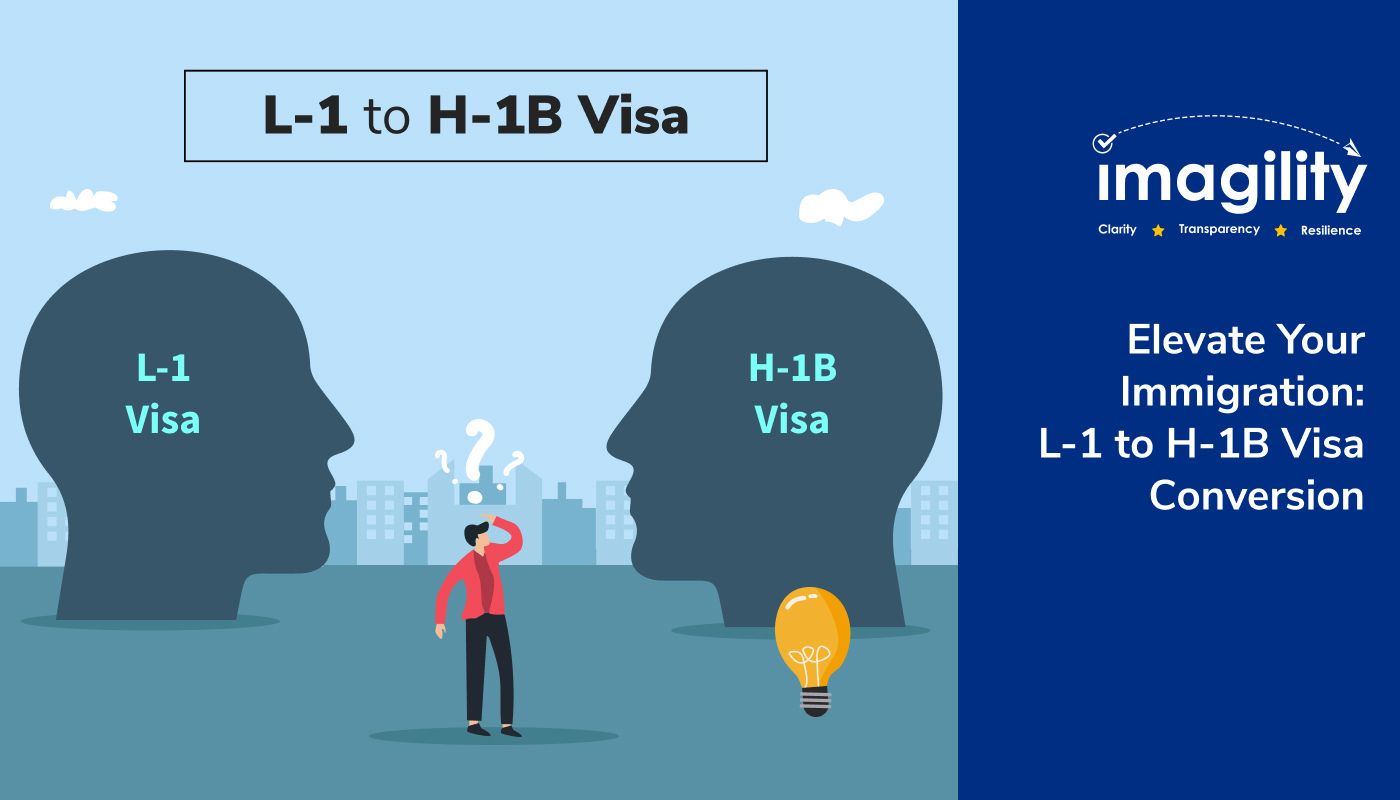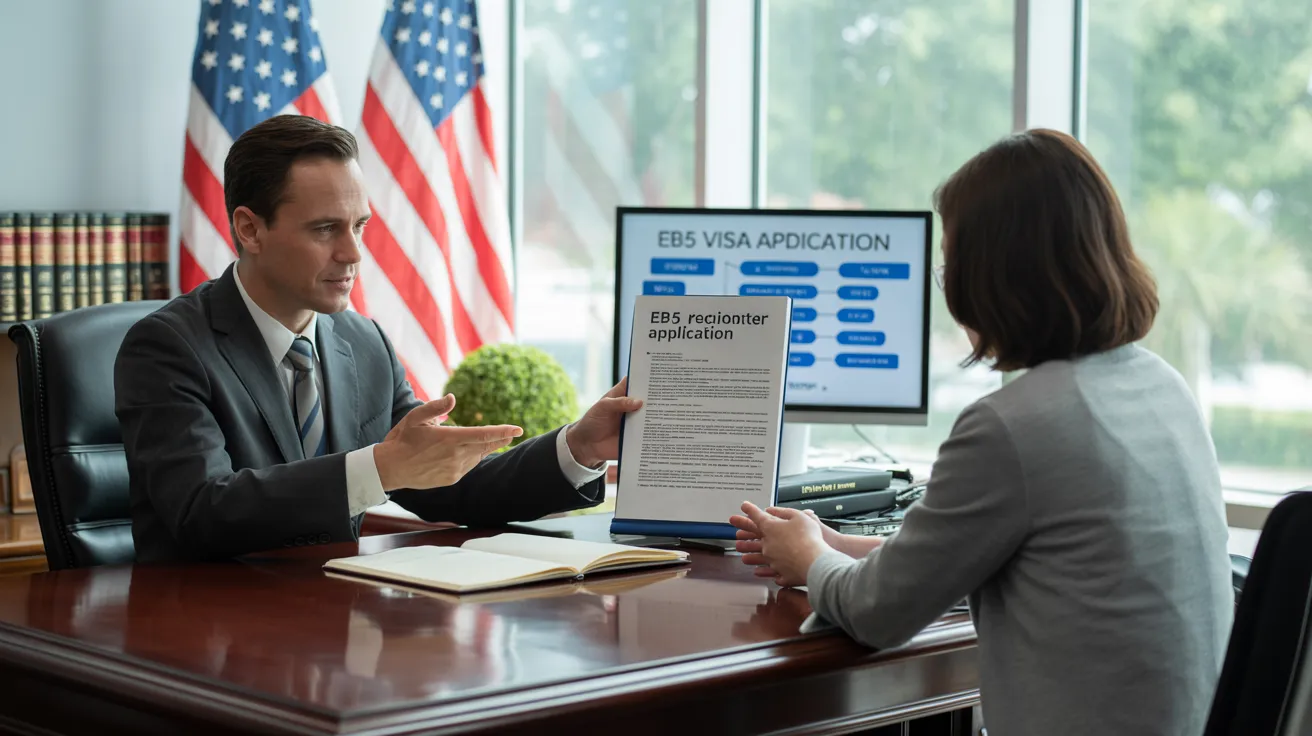Apply for L1 Visa
Things about L1 Visa
Table of ContentsSome Known Incorrect Statements About L1 Visa The Definitive Guide for L1 VisaThe Definitive Guide for L1 VisaMore About L1 VisaSee This Report on L1 VisaThe Basic Principles Of L1 Visa
Available from ProQuest Dissertations & Theses International; Social Science Premium Collection. DHS Workplace of the Inspector General. Retrieved 2023-03-26.
U.S. Division of State. Retrieved 2023-02-08. Tamen, Joan Fleischer (August 10, 2013).
The Facts About L1 Visa Revealed
In order to be qualified for the L-1 visa, the international company abroad where the Beneficiary was used and the united state business have to have a certifying connection at the time of the transfer. The different sorts of certifying partnerships are: 1. Parent-Subsidiary: The Parent implies a company, company, or other lawful entity which has subsidiaries that it has and controls."Subsidiary" suggests a company, corporation, or other lawful entity of which a moms and dad has, directly or indirectly, more than 50% of the entity, OR has less than 50% yet has monitoring control of the entity.
Example 1: Firm A is integrated in France and employs the Beneficiary. Firm B is included in the U.S. and intends to request the Recipient. Company An owns 100% of the shares of Firm B.Company A is the Parent and Business B is a subsidiary. There is a certifying connection in between the 2 business and Business B must be able to fund the Recipient.
Business A possesses 40% of Business B. The continuing to be 60% is had and regulated by Firm C, which has no relation to Company A.Since Business A and B do not have a parent-subsidiary connection, Firm A can not sponsor the Recipient for L-1.
Company A has 40% of Company B. The staying 60% is owned by Business C, which has no connection to Firm A. However, Firm A, by formal arrangement, controls and full takes care of Company B.Since Firm An owns less than 50% of Firm B but takes care of and controls the business, there is a certifying parent-subsidiary relationship and Firm A can sponsor the Beneficiary for L-1.
L1 Visa - The Facts
Company B is incorporated in the United state
L1 Visa Fundamentals Explained

The L-1 visa is an employment-based visa category established by Congress in 1970, enabling international companies to transfer their get started supervisors, executives, or essential employees to their united state operations. It is frequently described as the intracompany transferee visa. There are two primary kinds of L-1 visas: L-1A and L-1B. These types appropriate for staff members worked with in different settings within a company.

Furthermore, the beneficiary has to have functioned in a supervisory, executive, or specialized employee setting for one year within the three years coming before the L-1A application in the foreign company. For new office applications, foreign employment has to have been in a supervisory or executive ability if the beneficiary is pertaining to the United States to function as a get started manager or exec.
5 Simple Techniques For L1 Visa

If provided for an U.S. business functional for greater than one year, the first L-1B visa is for approximately 3 years and can be prolonged for an additional 2 years (L1 Visa). Alternatively, if the U.S. company is freshly developed or has been operational for less than one year, the first L-1B visa is released for one year, with expansions available in two-year increments
The L-1 visa is an employment-based visa classification established by Congress in 1970, enabling multinational companies to transfer their supervisors, executives, or crucial workers to their United state operations. It is generally referred to as the intracompany transferee visa.
An Unbiased View of L1 Visa
Furthermore, the beneficiary has to have functioned in a managerial, exec, or specialized worker setting L1 Visa requirements for one year within the 3 years coming before the L-1A application in the foreign firm. For new office applications, international work must have remained in a managerial or executive ability if the beneficiary is pertaining to the USA to work as a manager or exec.
for up to 7 years to supervise the procedures of the U.S. associate as an executive or supervisor. If provided for an U.S. business that has been functional for more than one year, the L-1A visa is originally approved for up to 3 years and can be extended in two-year increments.
If provided for an U.S. company functional for greater than one year, the first L-1B visa is for approximately three years and can be prolonged for an added two years. Alternatively, if the U.S. firm is newly developed or has actually been operational for less than one year, the first L-1B visa is released for one year, with extensions readily available in two-year increments.